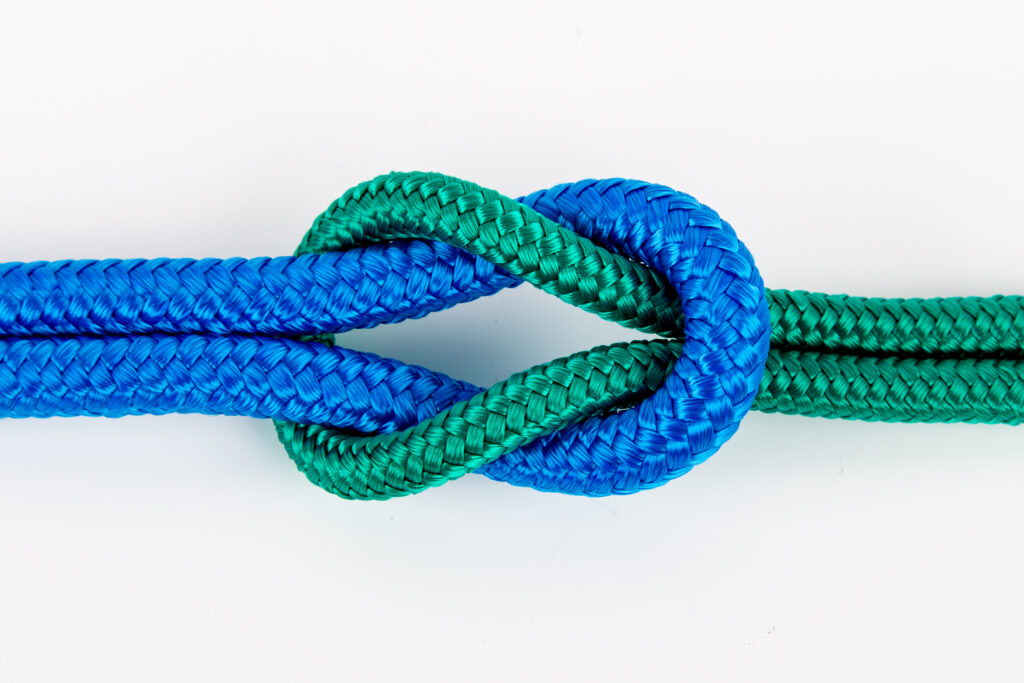
Ropes and cords may look simple, but their history is long and full of interesting changes. It all started when early humans used natural materials to make their lives easier. From hand-twisted ropes in ancient times, through rope-making workshops in the Middle Ages, to modern synthetic cords – their story shows how human progress developed.
Today, we have many options, like rubber ropes, elastic cords, and polypropylene cords. They are used in industry, transport, and leisure activities. Cotton cords are also coming back, as more people care about the environment.
In this article, we will look at the fascinating history of ropes and cords, including rubber cords, and how materials, techniques, and uses have changed through the centuries.
Ancient rope making
People have used ropes for thousands of years. They started by twisting grass, tree bark, leaves, and plant fibers by hand. This made stronger and longer ropes. Even animal hair and tendons were used.
In Egypt, people made braided ropes from papyrus. These ropes were strong and flexible – perfect for building the pyramids. They helped move heavy stone blocks and control simple lifting machines. Rope-making skills were passed down through generations.
In everyday life, ropes were very important. In Mesopotamia, they were used in farming – to tie tools or build water systems. In Egypt and China, ropes helped in fishing – they were used to make nets and anchor lines.
Medieval times and rope craftsmanship
During the Middle Ages, rope-making became a skilled craft. In Europe, especially in port cities, hemp and flax ropes were made to support sailing and trade. These ropes helped fix sails and move goods on ships.
In Asia, especially in Japan and China, craftsmen used detailed braiding techniques. They created both strong ropes and decorative cords. Ropes were even used to decorate temples and palaces.
As global trade grew, new materials appeared. Europe began to import jute, sisal, and other strong fibers. These were used to make polypropylene ropes for sailing. Without these ropes, big sea voyages and colonial ships would not have been possible.
The industrial revolution and mass production
The Industrial Age changed rope-making forever. People started using steel for very strong steel ropes, good for mining and building. Cotton cords became popular for home use because they were soft and nice to look at.
In the 20th century, synthetic materials like polypropylene, nylon, and polyester were introduced. These were durable, water-resistant, and easy to mass-produce.
One big invention was the rubber cord. Its flexibility and strength made it useful in many industries – from transport through construction to sports. Today, you’ll find rubber cords for tarpaulins, elastic cords with hooks, and rubber cords with hooks used in cars, gyms, and machines.
Modern uses of ropes and cords
Modern ropes and cords are made with advanced materials and machines. Polyester cords, carbon fibers, and Twaron make cords extremely strong but very light. These are used in aircraft, space missions, and extreme sports.
Elastic rubber cords have also improved – they last longer, resist weather, and are made in many types for specific tasks, like elastic cords for tarpaulins or 5mm braided cords for bags.
A long story of simple tools
Ropes and cords have always helped people – from daily tasks to big projects. We don’t always notice them, but they’ve made construction, transport, and exploration possible. Thanks to new technologies, they are now more useful than ever. From eco-friendly cotton cords to elastic expanders, the possibilities are endless.These simple tools have thousands of years of history and show human creativity. Even the most ordinary things, like a braided polypropylene rope, can change how we live.